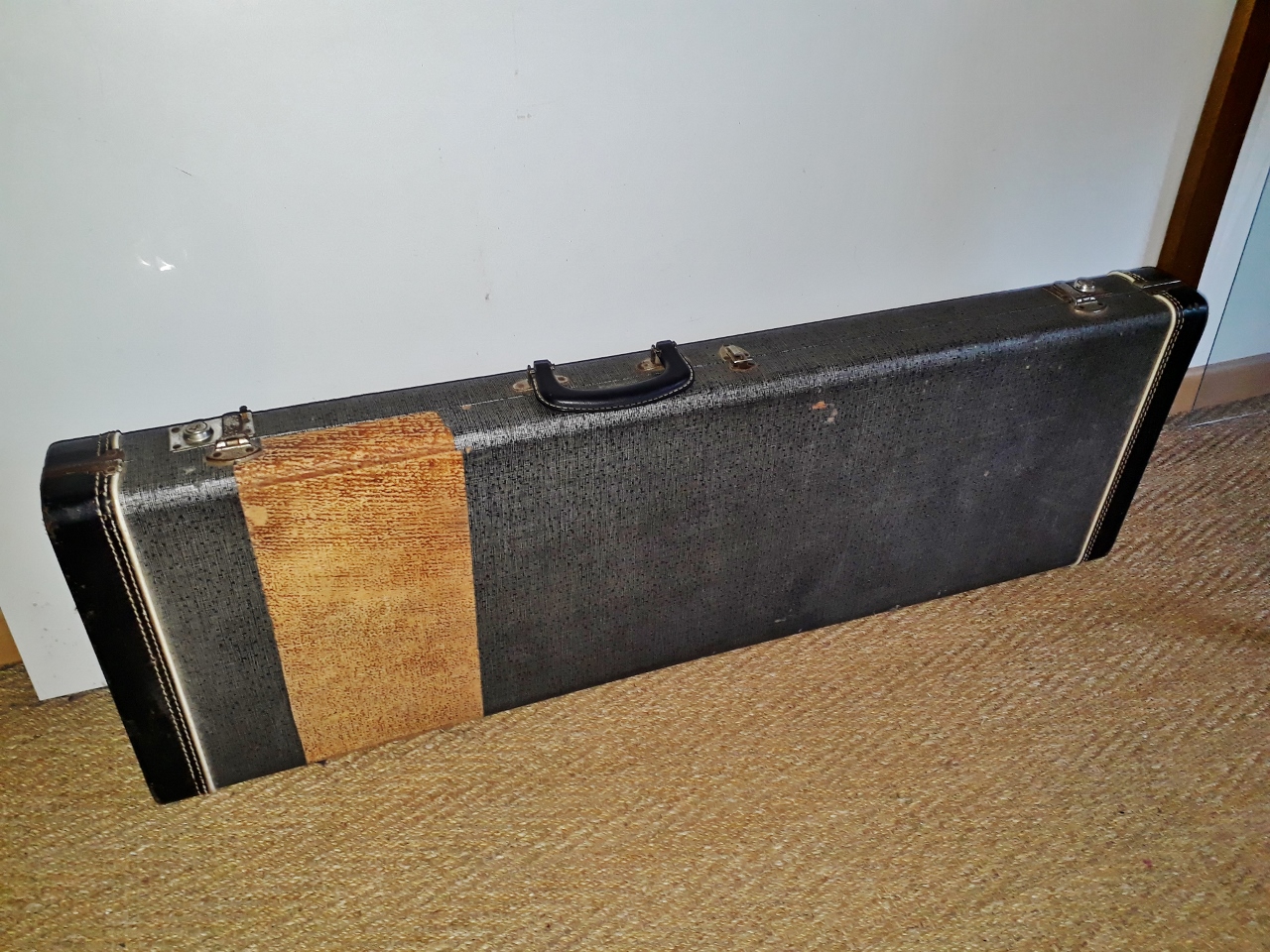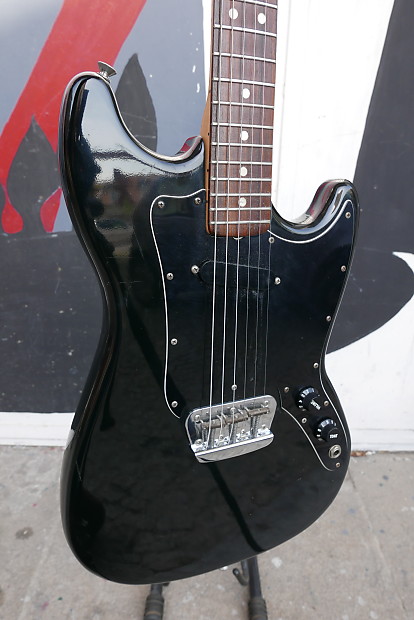

I've done that with some vintage Gibsons that had the dreaded "hump" where the neck meets the body.


Also, if you don't mind installing taller frets than vintage Fender spec, you can sometimes use that height to get a good level on a less than level board. I'd first try to steam/press the neck or try a higher string gauge. I would never have a vintage rosewood board like that planed unless absolutely necessary. There's not much to work with in terms of planing it without ruining the guitar. You bring up a good point about the thickness of the fretboard. I'm sure there are luthiers in other places with lower overhead who would do it for a bit less, but unless they are in your town you're going to lose the difference in shipping charges anyway. That's what any good luthier here in NYC would charge at a minimum to do it correctly. I don't think $475 is a bad price for the work. How bad is the backbow in the neck? Is there any chance that a heavier string gauge or steaming the neck will get enough relief into it? Or as someone else mentioned, would you consider setting it up for slide with higher action? If not, you can obviously have it planed and refretted as your luthier suggested. If someone doesn't want to use a guitar, I'd humbly suggest giving it to a kid who can't afford one and who will be thrilled to play the crap out of it.Īs for repairing this one so it's playable, that's a bit more complicated. Secondly, I'd hate to see it end up as wall art. It was only offered with one single coil pickup at the neck f. and while they are very nice guitars, none of them is the same as a well worn vintage one. The Fender Musicmaster II was a short-lived transitional model during the CBS takeover that featured the same design as the original Musicmaster (a 3/4 scale student model introduced in 1956) but with a regular 25.5' scale length. A lot of people here will disagree with me, but I've owned and played modern recreations by Tom Murphy, Danocaster, Vince Cunetto, MJT, GVCG, Fender CS Masterbuilt, etc. No amount of "relic" work is going to recreate the patina on your Musicmaster. And no, it shouldn't go on your wall as a decoration!įirst of all, that's a very cool guitar.

A $300 modern Squier is never going to be a 60's vintage Fender. Having said this, there are a lot worse guitars out there, and as well as being historically important, the 1820 bass can certainly provide the goods when required.I'm going to throw out another opinion, since that's what we do here on TGP. Over the course of the 70s, the Japanese output improved dramatically, and in many ways these early 70s models are a low point for the brand. These new Epiphones were based on existing Matsumoku guitars, sharing body shapes, and hardware, but the Epiphone line was somewhat upgraded, with inlaid logos and a 2x2 peghead configuration. The Matsumoku factory had been producing guitars for export for some time, but the 1820 bass (alongside a number of guitar models and the 5120 electric acoustic bass) were the first Epiphone models to be made there.
1964 fender musicmaster 2 pics plus#
Other electric models include: HOFNER ELECTRICS: Committee, Verithin 66, Ambassador, President, Senator, Galaxie, HOFNER BASSES: Violin bass, Verithin bass, Senator bass, Professional bass GIBSON ELECTRICS: Barney Kessel, ES-330TD, ES-335TD, ES-345TD, ES-175D, ES-125CD, SG Standard, SG Junior, SG Special GIBSON BASSES: EB-0, EB-2, EB-3 - plus a LOT of acoustics branded Gibson, Hofner, Selmer and Gianniniīy the end of the 1960s, a decision had been made to move Epiphone guitar production from the USA (at the Kalamazoo plant where Gibson guitars were made), to Matsumoto in Japan, creating a line of guitars and basses significantly less expensive than the USA-built models (actually less than half the price). This catalogue saw the (re-)introduction of the late sixties Gibson Les Paul Custom and Les Paul Standard (see page 69) and the short-lived Hofner Club 70. Selmer were the exclusive United Kingdom distributors of Hofner and Gibson at the time, and this catalogue contains a total of 18 electric guitars, 7 bass guitars, 37 acoustics, and 2 Hawaiian guitars - all produced outside the UK and imported by Selmer, with UK prices included in guineas. Scan of 1968/1969 Selmer guitar catalogue (printed July 1968), showing the entire range of electric and acoustic guitars distributed by the company: guitars by Hofner, Gibson, Selmer and Giannini.


 0 kommentar(er)
0 kommentar(er)
